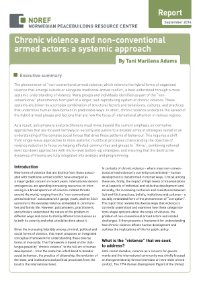By Ifeanyi Ezeonu
Building on original research into the petroleum industry and on the theory of crimes of globalization, this book introduces the concept of Market Criminology: the criminology of preventable market-generated harms and the criminogenic effects of market rationality in variegated forms of capitalism. Ifeanyi Ezeonu explores the ascendance of the fundamentalist form of market economy in Nigeria; the complicity of the state political and security apparatuses in the corporate expropriation of the country’s petroleum resource wealth; the deleterious effects of this neoliberal architecture on the local population; as well as community resistance strategies over the years. This book offers a major contribution to research on state-corporate crime and the crimes of the powerful. Key reading for scholars and students in the areas of criminology, international political economy and sociology, this book will also be a rich resource for researchers and non-governmental agencies working in the areas of environmental protection, human rights and sustainable development in the Global South, especially Sub-Saharan Africa
Milton Park, Abingdon, Oxon; New York: Routledge, 2018. 173p.





















